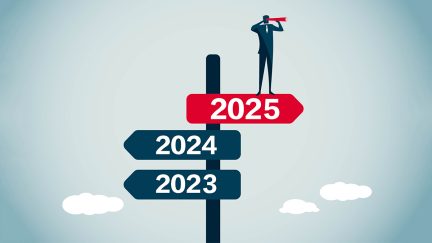Want the latest retirement plan adviser news and insights? Sign up for PLANADVISER newsletters.
Title of ‘Investment Adviser’ Hardly Represents the Job
According to new research from global research and consulting firm Cerulli Associates, financial advisers spend less than 20% of their working time thinking about investments and conducting investment decisions.
“While Investing is a key component of any financial plan, advisers spend more time tending to client-related activities such as acquiring new clients and meeting with current clients,” comments Emily Sweet, senior analyst at Cerulli. “They allocate the remainder of their time to administrative tasks, including office management and compliance-related work.”
More important than the simple fact that advisers only spend a fifth of their time on investing tasks is the fact that advisers who outsource more of their recurring investment-related labor appear to be much better at managing business complexity and building scale in the book of business. Advisers taking this approach may rely more on service partners for investment maintenance and even portfolio construction work that traditionally would have been conducted in house, but they have much more time to focus on understanding client needs and providing more personalized service.
“Framing their role as relationship-focused could be difficult for many advisers because their value proposition has historically been investment-centric,” Sweet explains. “Our data shows that after tending to important client needs, time available to manage investments is limited. Outsourcing elements of investment management can enhance efficiency.”
NEXT: What outsourcing today looks like
Sweet observes there are many outsourced resources available, and given the regulatory environment, it is time for advisers to consider how investment management fits into their day-to-day job description.
“One method of outsourcing investment management is using models,” she notes. “Whether home office, proprietary, or third party, models serve as solid starting points for client portfolios. Models paired with shorter-term, tactical strategies help advisers set a baseline for client portfolios and lessen the time they spend making investment decisions.”
The Cerulli Associates research urges advisers who feel reluctant to divorce themselves from the day-to-day management of client dollars to consider the positive opportunities such a move presents.
“Fewer investment decisions frees up advisers’ time, allowing them to focus more on the broad scope of their client relationships,” Sweet concludes. “Cerulli suggests that advisers view models and other outsourced resources not as a conflict to their value proposition, but as a complement to their investment process. Creating a standard starting point for investing client portfolios can help advisers scale their efforts while allowing room to tailor the end portfolio to suit individual clients' needs.”
NEXT: The potential role of robo-advice is also clear
According to Cerulli, using model portfolios or strategic allocations, layered with tactical strategies, sets a baseline for client portfolios and lessens the time that an adviser spends making investment decisions.
“The increased focus on broker/dealer (B/D) home-office research will strengthen the basis for product placement on models and recommended lists and could simplify advisers’ investment selection,” the research finds. “Advisers should consider weaving digital advice into their client relationships. Clients are drawn to it and digital advice can free time for advisers to focus on more complex elements of client relationships.”
The Cerulli research concludes that the Department of Labor Conflict of Interest Rule is likely to increase advisers’ cost of doing business in a variety of ways—so finding new sources of time efficiency to focus on growing the client base will be absolutely critical.
“Advisers should examine their operations to increase efficiency and free resources,” Cerulli says. “National sales managers are adjusting their staffing levels and specific roles to support an institutional-like decision-making process in response to advisers’ and B/Ds’ growing sophistication. Cerulli projects that the adviser field will ultimately comprise fewer, larger practices serving the complex needs of fewer, wealthier clients.”
More information on obtaining Cerulli Associates research, including the fourth quarter 2016 issue of The Cerulli Edge - Advisor Edition, is online here.
You Might Also Like:

Voluntary Fiduciary Correction Program Improvements Take Effect

Chavez-DeRemer Confirmed as Secretary of Labor



